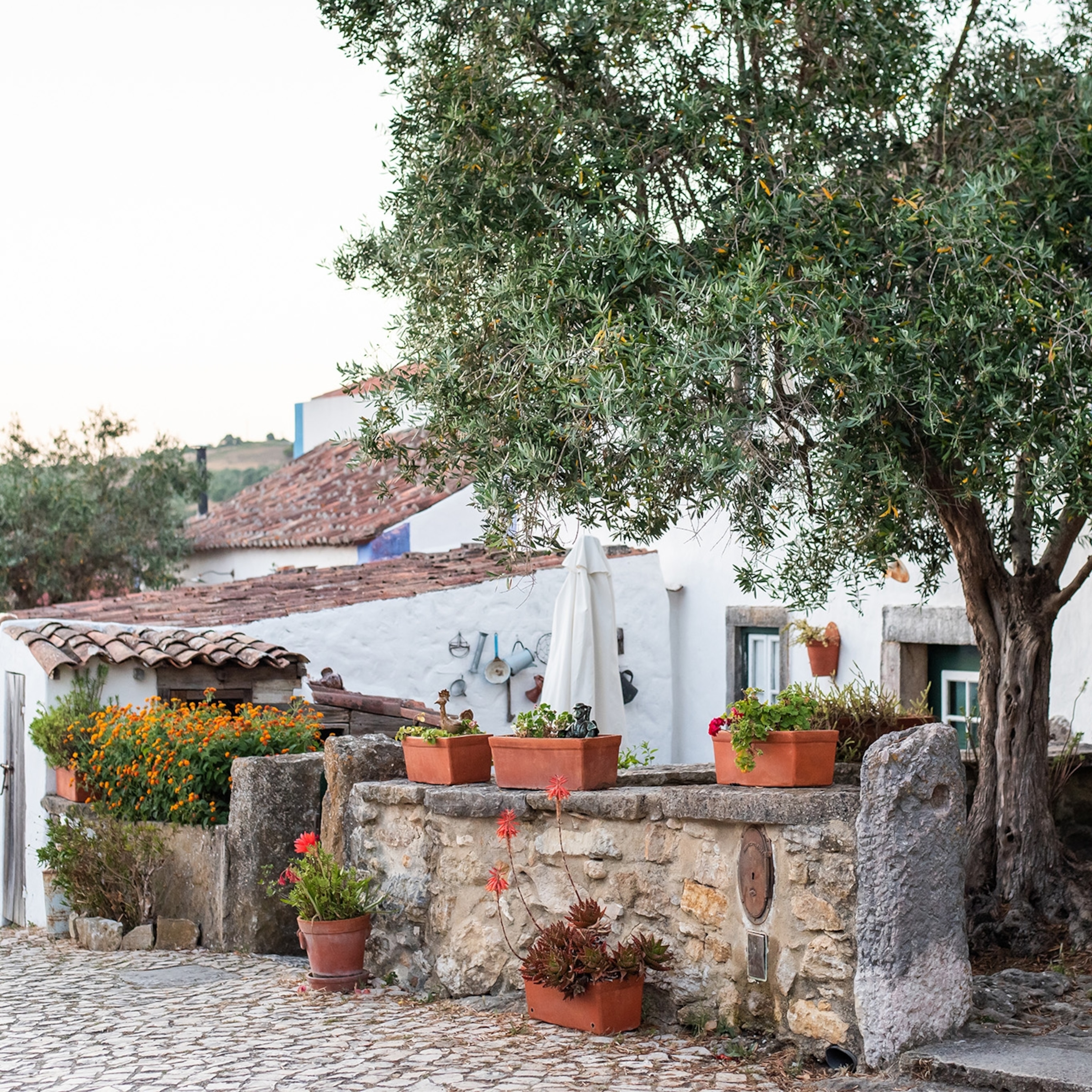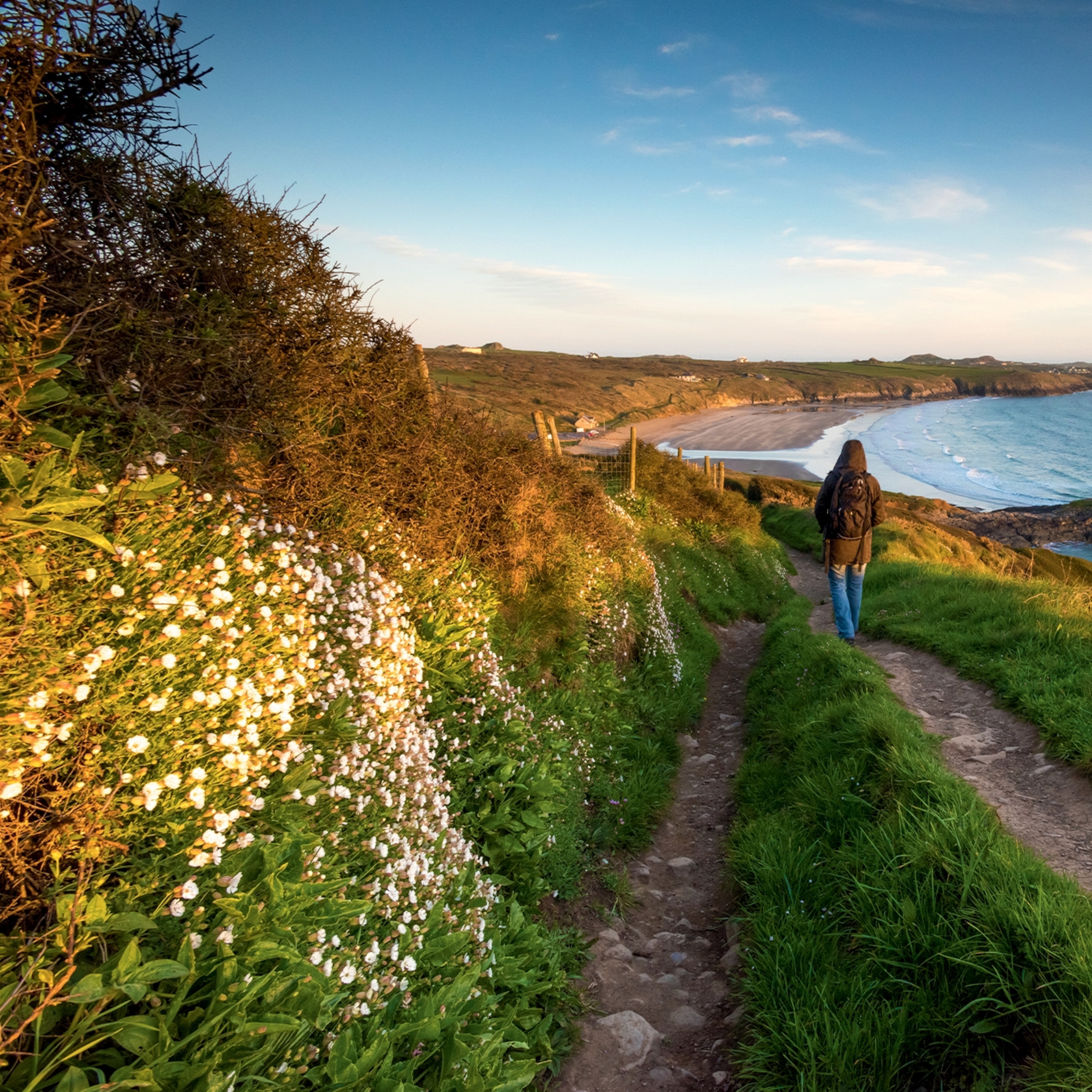Discover the natural wonders along Georgia’s coast
From Savannah’s historic neighborhoods to the sandy beaches of the Golden Isles, here’s how to explore the coast of Georgia.
Despite being a mere 110 miles long, Georgia’s coast packs in a wealth of treasures, from Savannah’s historic downtown to the beaches of the Golden Isles and coastal communities with West African roots.
The unique geography of what ecologists call the “Georgia Bite” funnels a huge diversity of plant and marine life towards its shores, from loggerhead sea turtles, which lay their eggs here every summer, to right whales—among the most critically endangered animals on the planet—which use the warm, mineral-rich waters as a calving ground in winter.
These shores harbor additional natural treasures: the barrier islands. This chain of fourteen isles—stretched across a labyrinth of waterways and nutrient-rich marshlands from Savannah to just north of Florida—buffers the mainland from storms and hurricanes. Many of the isles remain wild, uninhabited landscapes, and only four are accessible by car.
“This is why I love these islands,” says my guide Willy Hazlehurst, when he spots three manatees playing in the shallows near Cumberland Island, the largest barrier isle. “You can get the beach anywhere, but this is something hard to put into words.”
From lively coastal towns and their preserved heritage to pristine stretches of marshland and beaches, Georgia’s coastal wonders reward exploration. Here’s how travelers can see these treasures—and help keep them safe for future generations.
A long-lasting legacy
I begin a few miles inland in Savannah, a city that has preserved its heritage and added to it, as well. Mansions of every architectural style—Greek revival columns, Gothic pinnacles, stout, whitewashed Regency homes—line the streets. Although its heritage echoes a bygone era, there’s nothing prim and prissy about Savannah. “This is a local’s city,” one resident tells me. “We’re laid-back, but we play hard, too.”
Accurately documenting the past is an important part of the city’s present. In the 19th century, the city was home to hundreds of enslaved Africans and African Americans who worked the land until the abolition of slavery in 1865.
Vaughnette Goode-Walker, the owner of Footprints of Savannah Walking Tour Company, is a local historian who educates visitors about the coastal town’s history. She shows me the market square where enslaved men, women, and children were bought and sold, the holding pens where they were kept like cattle, and the tiny arrow slits carved through thick granite walls for air.
At the end of the tour, Goode-Walker bursts into song: “If I be a slave,” she sings, “I be buried in my grave and go home to my God and be free.” It’s a song that was sung by her ancestors. You could sense her connection to the past.
The story of Georgia’s coastal African American community continues 60 miles south of Savannah on Sapelo Island. This tiny parcel of land—11 miles long and four miles wide at its broadest point—is home to fewer than 50 permanent residents. But their presence represents a remarkable history. It’s here where I meet Yvonne Grovner, a traditional Gullah Geechee basket weaver who uses sweetgrass reeds taken from the marsh to create beautiful patterns.
(Being Gullah or Geechee, once looked down on, is now a treasured heritage.)
She takes me to the Hog Hammock community, one of America’s last intact Gullah Geechee Island settlements. The Gullahs (or Geechees) are descendants of the enslaved who lived and still live on the coast of the southeastern United States, from the St. John’s River in Florida to the Cape Fear River in North Carolina. (Gullah tends to be the preferred name in North and South Carolina, Geechee in Georgia and Florida.) Their communities dot the barrier islands, but they are slowly disappearing as casualties of depopulation and urban development.

Still, community members, including Maurice Bailey, are fighting to keep their roots alive. He works with younger generations to teach the farming techniques of his ancestors: growing red peas from heritage seeds and harvesting sugarcane to press into sweet syrup at the mill.
“The African American people are the spirit of Sapelo,” Bailey says. “That spirit comes from good times to bad times, from slavery to now, and that spirit is still here.”
It’s palpable because, despite its challenges, Sapelo is a welcoming place. I’m shown shells and the sun-bleached sand dollars found on the beach. People come and share their stories, and Grovner teaches me how to weave dried sweetgrass reeds into baskets, a craft featured in many museums, including the National Museum of African American History and Culture in Washington, D.C.
Preserving wildlife
I continue south to the first of Georgia’s four Golden Isles—Little St. Simons Island, St. Simons Island, Sea Island, and Jekyll Island—named for their glittering amber dunes. First cultivated for shipbuilding and plantations in the 17th and 18th centuries, these islands became exclusive hunting lodges and winter vacation homes for wealthy industrialists in the 19th century. Little St. Simons, however, a 50-mile drive and a short boat ride south of Sapelo, was spared development.
“It’s an ecological jewel,” says Stacia Hendricks, Little St. Simon’s lead naturalist, as she shows me around. “It has the answers to questions we’re not even thinking to ask yet.”
It’s also, in geological terms, relatively new. The Altamaha River, Georgia’s largest, flows down from the high country in the north to the edge of this island, dumping 100,000 gallons per second of fresh water into the sea. Little St. Simons was formed from the sediment it carries and is expanding at an astonishing rate. Around 4,000 years ago, there was nothing here.
In the 13 years that Hendricks has worked on the island, it’s expanded 1,000 acres—about the size of 50 football fields—into the sea. Because of that, and the fact that it’s so untouched, it’s like a Rosetta Stone of island ecology; a place, as Hendricks says, of “hemispheric importance.”
We walk through forests echoing with birdsong (more than 300 species live or migrate through here each year) and thick with centuries-old magnolia trees in full bloom. Neon-colored rough green snakes—perfectly disguised as palm leaves—slither through the sand. Silver armadillos, like armored raccoons, potter through the brush. Blue dragonflies swarm above me in an explosion of color and fluttering wings.
Little St. Simons is a place to see the web of the natural world in all its interconnected beauty. Funding the island’s science and conservation efforts is an eco-resort known as The Lodge. It offers family-style farm-to-table dining, six historic cottages, nature walks, river kayaking, bike riding, fishing, and the chance to soak up the sun on your own private, seven-mile-long beach.
Coastal oasis
If Sapelo and Little St. Simons were quiet pieces of history and wonder, then Jekyll Island—one of four barrier islands accessible by car—offers a modern touch. Once a playground for affluent families from the late 19th century to mid 20th century, the island is now Jekyll Island National Historic Landmark, an ongoing restoration and preservation project.
Cycling along the 25 miles of bike trails is one of the best ways to explore the island’s 10 miles of wide-open beaches, 250-acre Historic Landmark District, and the Georgia Sea Turtle Center—the state’s only sea turtle education and rehabilitation facility. I wheel my way to the north end of Georgia’s smallest barrier island to take an evening stroll at Driftwood Beach, a section of a sandy bay lined with the limbs of petrified trees poking from the earth like haunting figures.
I take in the sound of crashing waves as the sun sets beyond the horizon and fall asleep on the beach as fishermen cast nets out to sea.
Cumberland Island, my last stop, is perhaps the most glittering of Georgia’s barrier islands. Some 60,000 seasonal tourists are drawn to this 18-mile-long barrier archipelago to see its cache of archeological structures, feral horses, and secluded beaches. Accessible only by a 45-minute ferry ride, Cumberland was once the home of America’s Gilded Age magnates, the Carnegies, who left behind two mansions (one now in ruins, the other used an upscale hotel).
(These historic sites on Cumberland may soon be in a rocket’s flight path.)
But before then, Cumberland was the home of the Timucua, who calls the island Mocoma (their word for “ocean”). The Indigenous group lived here for more than a thousand years, fishing, hunting game, foraging for edible plants, and making some of the earliest-known pottery found anywhere in the New World.
It’s here where I first meet Hazlehurst, an instructor at NOLS, a nonprofit outdoor education school, and co-owner of SouthEast Adventure Outfitters on St. Simon Island. We hike along sandy paths through lush, moss-dripped forests stunted from centuries of salt air. The trees twist like dancers above our heads.
Heading north of the island, Hazlehurst plucks three black hooks from the silt and drops them into my hands: fossilized shark teeth, dredged from the nearby sound. Thousands of years after they were formed, they’re still sharp enough to cut.
Later that afternoon, we set up camp on the sandy floor beside the river’s edge, joined by the cautious foraging of wild horses and the splashing of manatees nearby. We watch the sun set over the salt marsh in a startling color I’ve never seen in nature before coming here.
But it’s a color I recognize now. One that shimmers in the fading sun. It seeps into your skin like the rising tide. It’s three simple words: pure Georgia gold.
This article is adapted from a story published in the April 2022 issue of National Geographic Traveller (U.K.).







